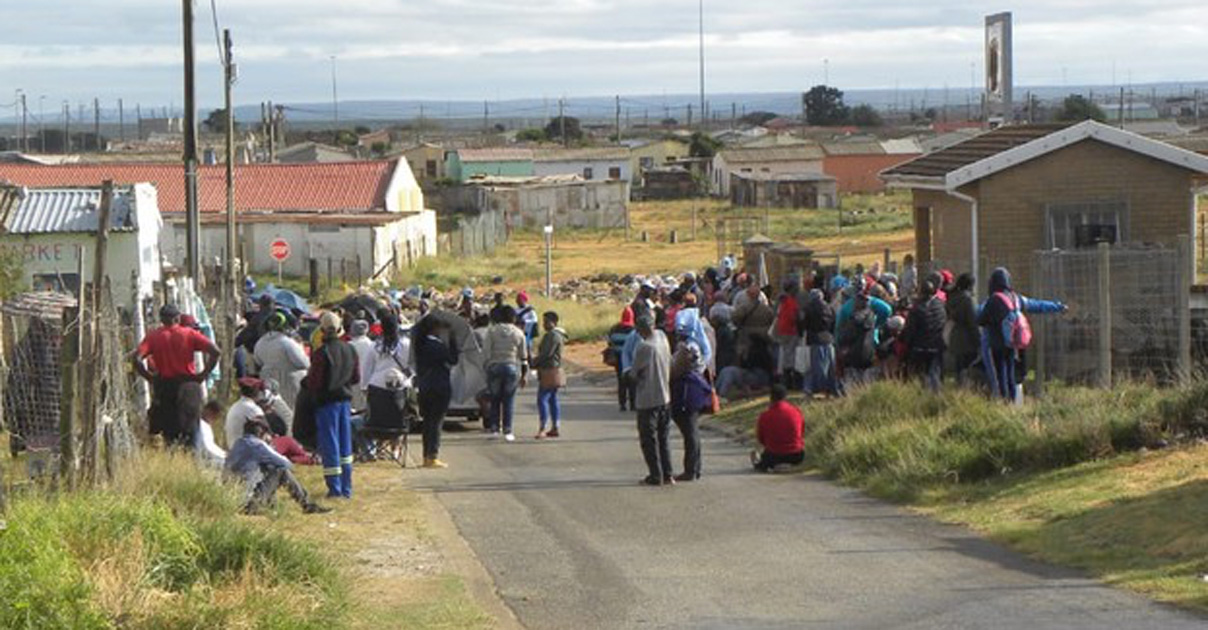

What is evident from the paper is that there are different potential alternatives with which to portray secondary cities.Ĭitation: Andre DW Brand, Johannes E Drewes, Maléne Campbell.

The aim of the paper is to appraise interconnected regional networks as a differentiated and novel outlook when determining secondary cities in South Africa. In the South African context, the notion of what constitutes secondary cities is to a large extent underdeveloped. Furthermore, internationally, secondary cities appear to be considered as important catalysts for balanced and dispersed economic growth. The common assumption is that secondary cities are those cities that find themselves below the apex of what are considered primary cities. There are, however, no universally accepted, distinct criteria that constitute the general characteristics of secondary cities. Since 1911, South Africa has undergone an extended phase of intense urban growth, with areas such as Johannesburg, Cape Town and eThekwini (Durban) agglomerating into dominating economic spaces. These have developed and become hierarchised over the course of history during which population settlements and their distribution have been influenced by colonisation, segregation, industrialisation and globalisation. South Africa has a long-standing network of cities, towns and localities. The reliance of countries on the ability of their cities to perform crucial central functions, for national growth, continues to rise. A country's growth and prosperity is largely dependent on the efficient functioning of its cities. Cities are playing an increasingly important role in the development and growth of countries.


 0 kommentar(er)
0 kommentar(er)
